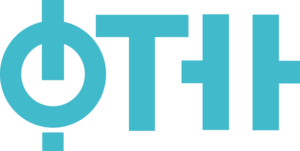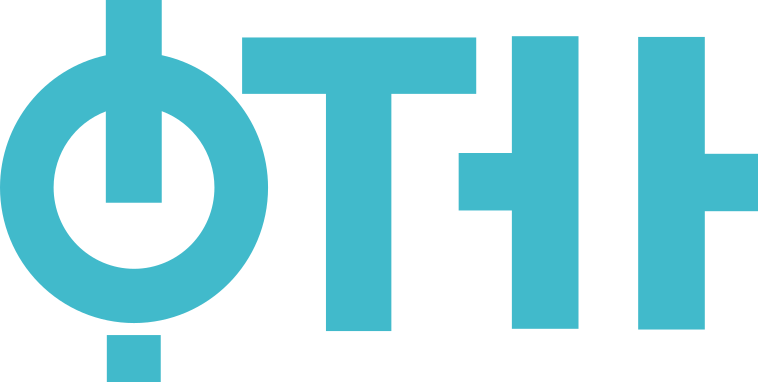Subject: Digital reproduction (17.F301 )
Native organizations units: Chair of Graphic Engineering and Design
Study programmes of the course:
| Type of studies | Title |
|---|---|
| Undergraduate Academic Studies | Graphic Engineering and Design (Year: 3, Semester: Winter) |
| Category | Scientific-professional |
| Scientific or art field | Grafičko inženjerstvo |
| ECTS | 8 |
The aim of the course is to educate students in the field of reproduction techniques and their training to understand complex reproduction processes and the application of acquired knowledge in the field of prepress, design and printing. Through the course, a student learns about the concepts of reproduction processes that include learning about light sources, photo chemical laws, human perception basics, color mixing, color measurement and color management bases, digital halftoning, proofing and imagesetters and platesetters. The student learns to understand the use of these concepts in the context of learning to set up a problem in the given field and to solve the problem, develop the ability to recognize problems within the reproduction processes in terms of identification, formulation, and possible solution. Through the course the student also learns the basic principles of engineering judgment and making decisions.
After completing the course, the student is familiar with the basics of human perception, he is capable of controlling color reproduction, applying adequate densitometric, colorimetric and spectrophotometric measurement methods. He is capable to solve the problems related to digital rasterization, professional processing of photographs for printing, and other processes relate to the pre-press phase. Upon completion of the course, the student acquires the necessary knowledge in the field of digital reproduction, which will enable them to understand the complex reproduction processes and their application in future professional work as well as further education with special importance within the courses encompassing printing techniques, printing forms, color science and color management.
Introductory and basic concepts in the field of reproduction technique and reproduction processes. Characteristics of light sources: typical light sources in reproduction processes, lasers, characteristics of LEDs. Photochemical laws. Graphic films: basic properties and types of graphic films, processing of graphic films. Basics of human perception. Mixing colors. Instrumental control of color reproduction: optical density, tonal values, increase of tone values, printing contrast, gray balance, color impurities, trapping. Bases of CIE colorimetry. Munsel's system, HSB. Diagram of chromaticity. CIE Lab and Luv, color difference. Basics of color measurement: measurements of geometry, densitometer, colorimetry, spectrophotometer. Fundamentals of color management: profiles, calibration, soft proof. Digital image: resolution, pixel size, bit depth, image size. Scanners: scanner types, scanner characteristics. Digital cameras: sensor types, CCD, CMOS, X3, shooting modes, construction, features, lenses, exposure, ISO sensitivity, focus. File formats for recording: RAW, TIFF, JPG. File formats in the graphics industry. RIP and RIP operations. PDF. UCR and GCR. Digital raster: resolution, angles and rosettes, moire, ratios of angles, AM, FM, hybrid raster, raster angles, irrational raster, supercells. Proofing and types of proofs. Imagesetters and platesetters. Practical work is in accordance with theoretical part: densitometric and colorimetric control of the graphic films and prints using measuring devices and practical work in the corresponding software tool where the corrections, adjustments and improvements of digital images are studied for better and more accurate reproduction.
Teaching process is performed by means of modern didactic tools and methods, interactive, in the form of lectures, computer and laboratory exercises. The subject theory, obtained through the examples and the simulation of the problem solution, is presented during the lectures in order to facilitate the understanding of the subject matter. Lectures are available for students in .pdf format. Computer classes are organized in order to supplement the knowledge in the field of digital reproduction processes and laboratory exercises encompasses solving tasks in field of color measurement and quality control of the film and prints reproduction using available measuring devices and laboratory equipment . In addition to lectures and practical work, consultations are also held regularly.
| Authors | Title | Year | Publisher | Language |
|---|---|---|---|---|
| 2000 | English | |||
| 2001 | English |
| Course activity | Pre-examination | Obligations | Number of points |
|---|---|---|---|
| Computer excersise defence | Yes | Yes | 10.00 |
| Laboratory exercise defence | Yes | Yes | 10.00 |
| Lecture attendance | Yes | Yes | 5.00 |
| Computer exercise attendance | Yes | Yes | 2.00 |
| Written part of the exam - tasks and theory | No | Yes | 40.00 |
| Laboratory exercise attendance | Yes | Yes | 3.00 |
| Oral part of the exam | No | Yes | 30.00 |
Prof. Dedijer Sandra
Full Professor
Lectures
Assoc. Prof. Tomić Ivana
Associate Professor
Lectures
Prof. Dedijer Sandra
Full Professor
Computational classes

Teaching Associate Ilić Tamara
Assistant - Master
Computational classes
Asistent sa doktoratom dr Milošević Rastko
Assistant with PhD
Computational classes

Assistant - Master Golubović Gala
Assistant - Master
Computational classes
Faculty of Technical Sciences

© 2024. Faculty of Technical Sciences.
Contact:
Address: Trg Dositeja Obradovića 6, 21102 Novi Sad
© 2024. Faculty of Technical Sciences.



